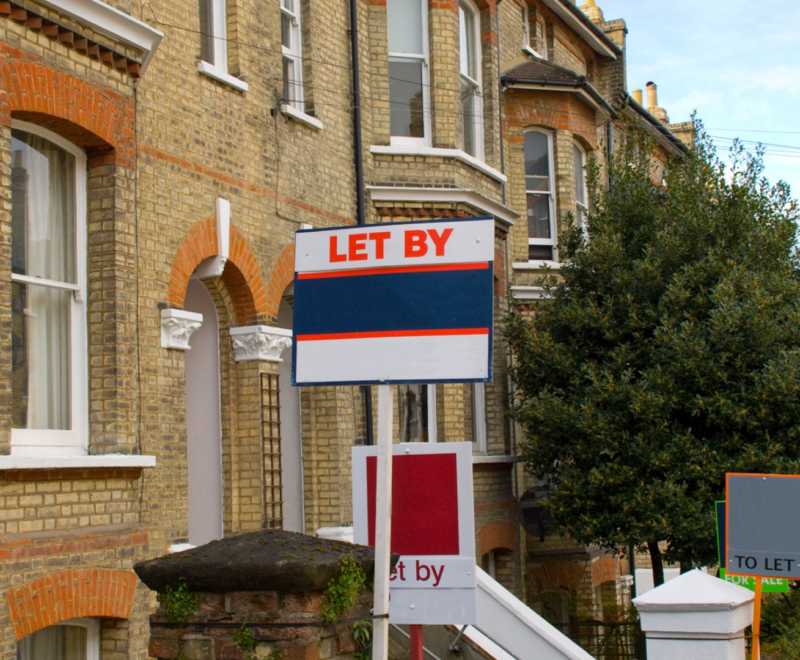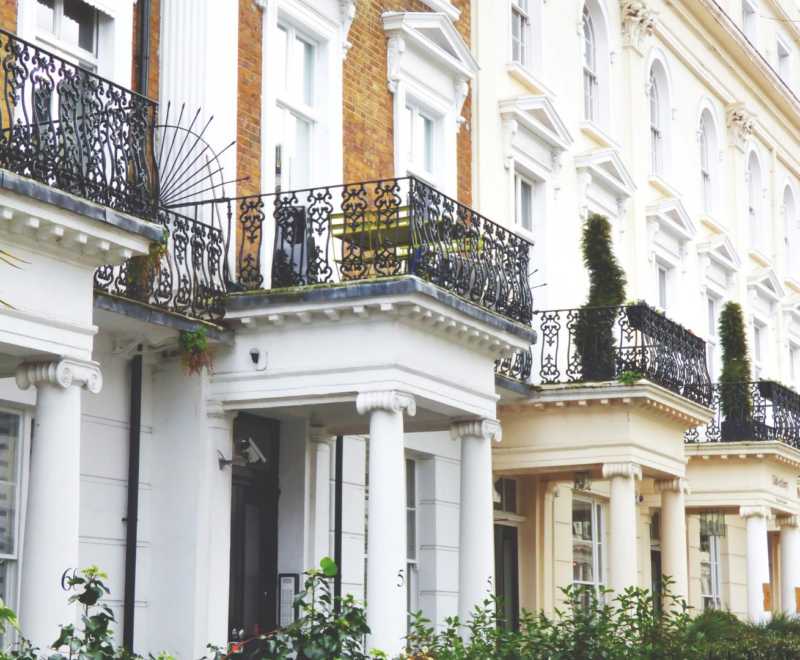The stamp duty holiday was first introduced in July 2020 to help boost the lockdown hit property market. It’s due to end in its current form at the end of this month.
Until the holiday was introduced, it was only first-time buyers who could benefit from paying no stamp duty tax on the first £300,00 of the value of a property. The temporary tax break saw this nil rate extended for all buyers on the first £500,000 of the value of a property. The market responded enthusiastically to the news, but there were fears that the market would “fall off a cliff” when the tax holiday ended on March 31st.
When Rishi Sunak announced in the March budget the extension to the stamp duty holiday beyond its original March 31st deadline, the news was widely welcomed and celebrated. Buyers had an extra three months to take advantage of the relief, which could result in savings of up to £15,000.
Since March, sales and prices have been continuing to grow at record rates. Demand is outstripping supply in almost all areas of the UK and the government’s own figures are showing an annual 10% rise in house prices.
To try to minimise the effects of a sudden dramatic end to the stamp duty relief , the duty is going to be tapered after June 30th. From 30th June until 30th September 2021, no stamp duty will be charged on a residential property bought for up to £250,000.
It is hoped that this gradual move back to higher stamp duty levels will avoid a sudden crash in the housing market, but many in the industry believe that the numbers of sales will fall off significantly and price growth will slow down.
If you’re thinking about making the move and taking advantage of the stamp duty holiday, click here to view our array of properties or call 0800 862 0870 to speak to a member of our team.
By









